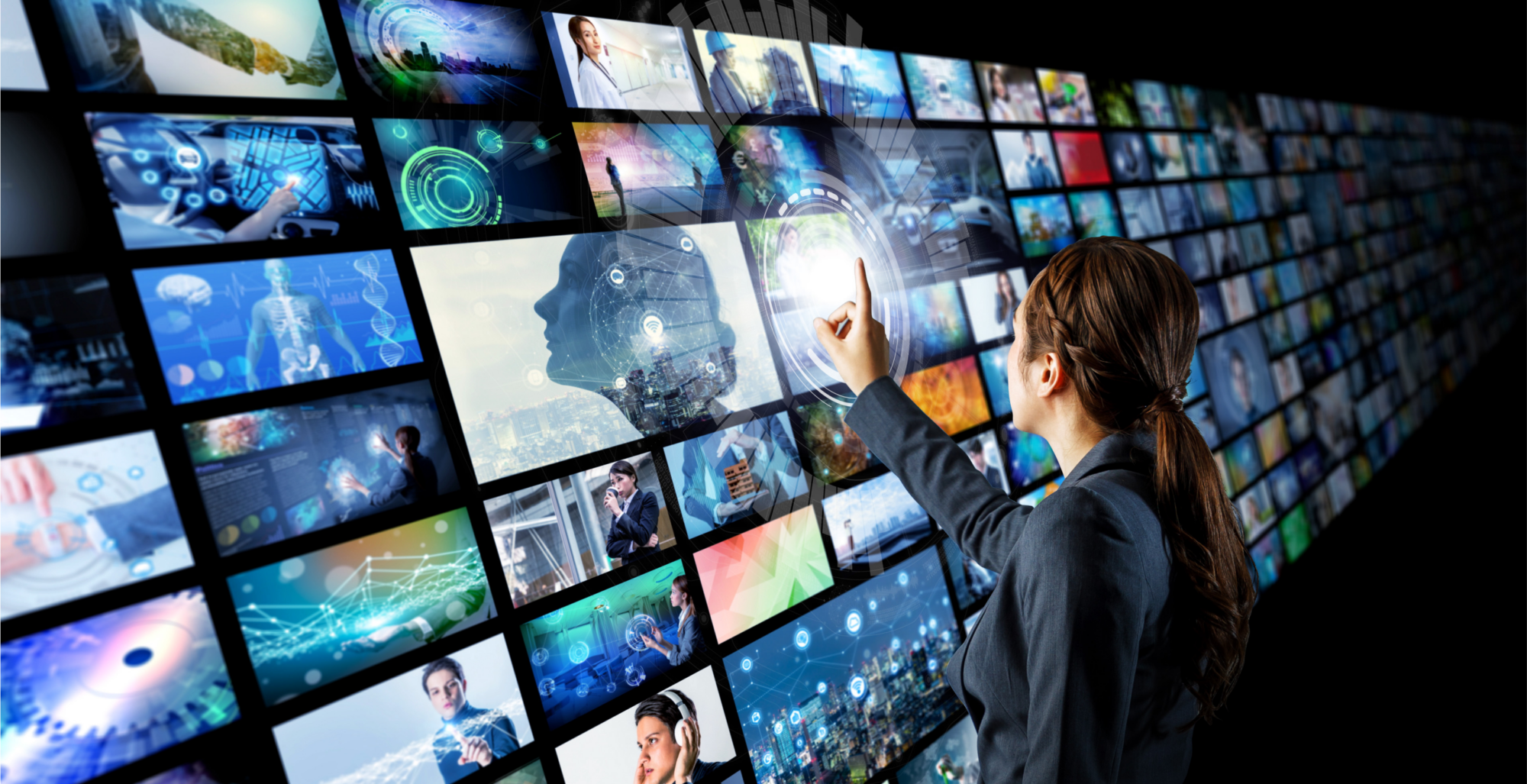Media & Entertainment
Media and entertainment companies are known for early technology adoption. Their well-earned reputation is visible today, as new technologies disrupt how media and entertainment are funded, produced, and consumed. The Covid-19 pandemic fueled a spike in content consumption and the emergence of new market players. For example, Direct-to-consumer (D2C) video streaming services are increasing interactivity and using AI/ML on the vast data stores collected to recommend personalized content and serve up personalized advertising.
